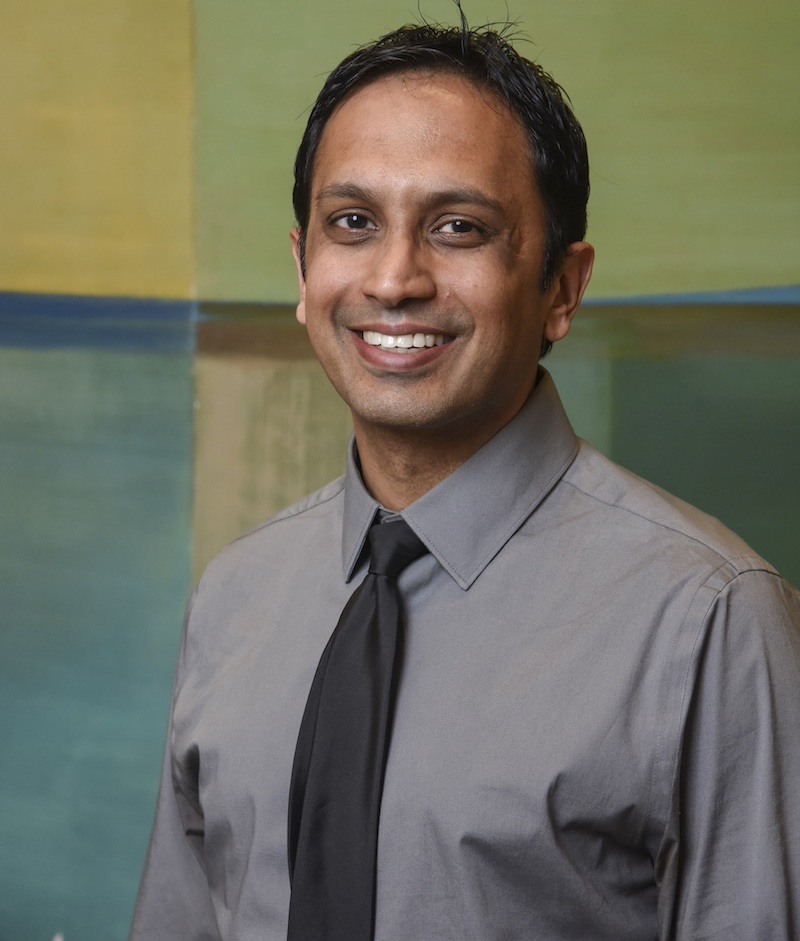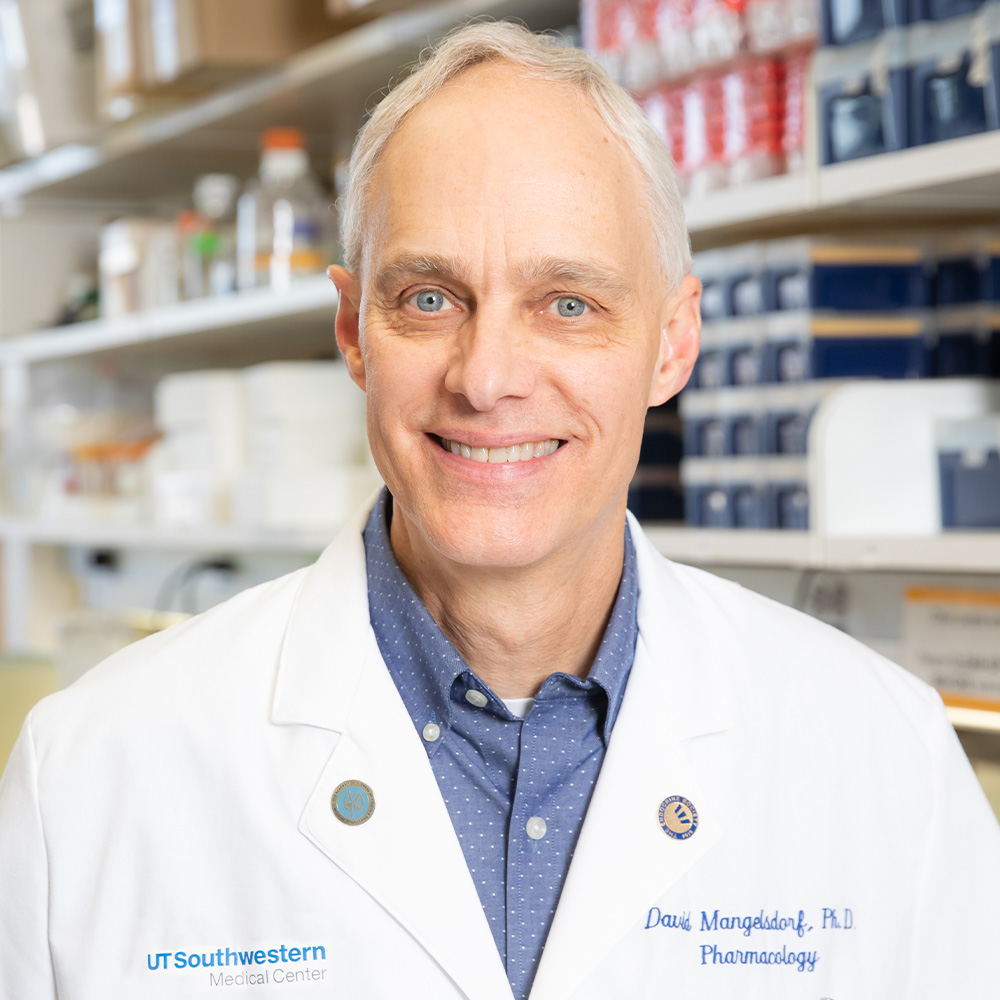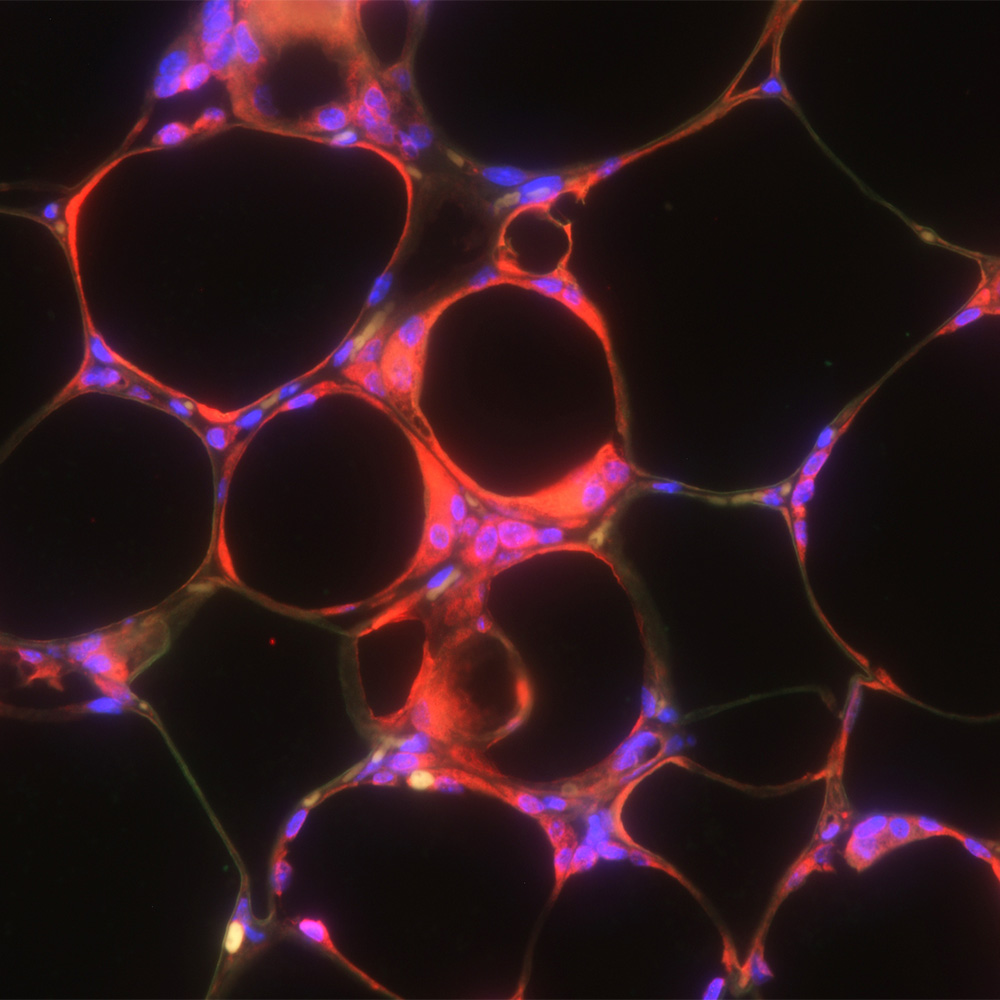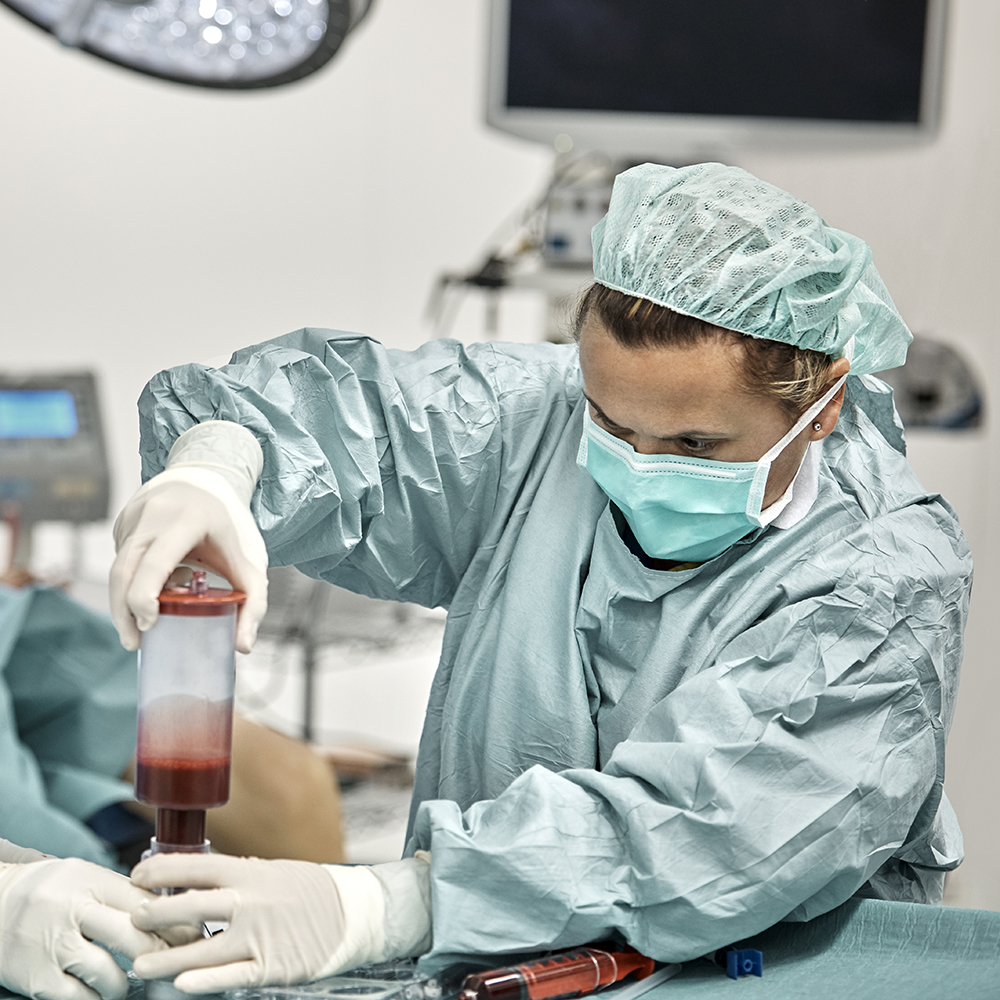Liver cancer screening rates must improve

DALLAS – Jan. 29, 2018 – Patients with cirrhosis should be screened regularly for liver cancer, though few are – in part because busy physicians often don’t order the screening tests, said UT Southwestern oncologists.
“The frequency of liver cancer is increasing rapidly in the U.S. and liver cancer-related mortality has nearly doubled over the past decade. The poor prognosis of the disease is largely driven by the failure to diagnose the disease at an early stage,” said Dr. Amit G. Singal, Medical Director of the Liver Tumor Program at UT Southwestern’s Harold C. Simmons Comprehensive Cancer Center.
“If liver cancer is detected early, then curative therapies – surgical resection, transplant – allow excellent long-term survival. However, when liver cancer is not found early, survival rates are almost uniformly poor and most patients die within a couple years,” added Dr. Singal, a Dallas hepatologist and Associate Professor of Internal Medicine at UT Southwestern Medical Center.
Patients with cirrhosis, advanced liver disease related to diseases such as hepatitis C and fatty liver disease, are at high risk for liver cancer and should be screened every six months with an ultrasound and a blood test for alpha-fetoprotein (AFP). Only 20 percent of high-risk patients are screened and fewer than 10 percent are screened every six months as recommended by society guidelines, Dr. Singal said.

Dr. Singal, who studies reasons for the low rates of screening for liver cancer, said there are multiple reasons.
Cirrhosis can be difficult to recognize in its early stages so providers may not know to order liver cancer screening.
Another obstacle is physician’s time. Primary care providers usually have just a few minutes to deal with all preventive care, including screenings for other diseases, screenings for other cancers, and vaccinations. Screening rates can go up to 50 percent for patients who see a gastroenterologist or a hepatologist but many patients with cirrhosis in the United States do not have ready access to subspecialists, Dr. Singal said.
And, finally, patients must follow through when screening is requested, which often requires a separate visit to an imaging center.
“Liver cancer screening is more difficult than other cancer screening programs, such as breast cancer and colon cancer, which are often based on a patient’s age. It’s obvious when someone turns 50, whereas cirrhosis can be a silent disease for a long time and easily missed,” said Dr. Singal, a Dedman Family Scholar in Clinical Care, who holds the David Bruton, Jr. Professorship in Clinical Cancer Research at UT Southwestern, which is recognizing its 75th anniversary this year. “With liver cancer rates rapidly increasing and the large difference in survival between early and late diagnosis, it is clear that we must improve our liver cancer screening rates.”
The Harold C. Simmons Comprehensive Cancer Center is the only NCI-designated Comprehensive Cancer Center in North Texas and one of just 49 NCI-designated Comprehensive Cancer Centers in the nation. Simmons Cancer Center is among just 30 U.S. cancer research centers to be designated by the NCI as a National Clinical Trials Network Lead Academic Participating Site.
About UT Southwestern Medical Center
UT Southwestern, one of the premier academic medical centers in the nation, integrates pioneering biomedical research with exceptional clinical care and education. The institution’s faculty has received six Nobel Prizes, and includes 22 members of the National Academy of Sciences, 18 members of the National Academy of Medicine, and 14 Howard Hughes Medical Institute Investigators. The faculty of more than 2,700 is responsible for groundbreaking medical advances and is committed to translating science-driven research quickly to new clinical treatments. UT Southwestern physicians provide care in about 80 specialties to more than 100,000 hospitalized patients, 600,000 emergency room cases, and oversee approximately 2.2 million outpatient visits a year.




